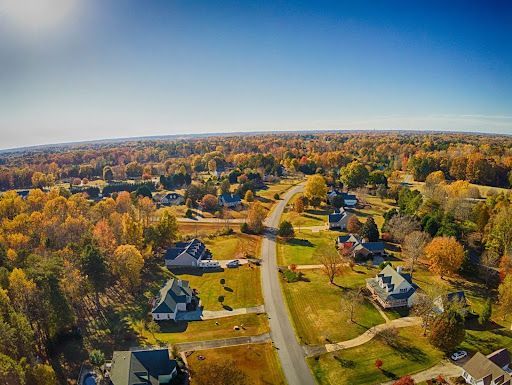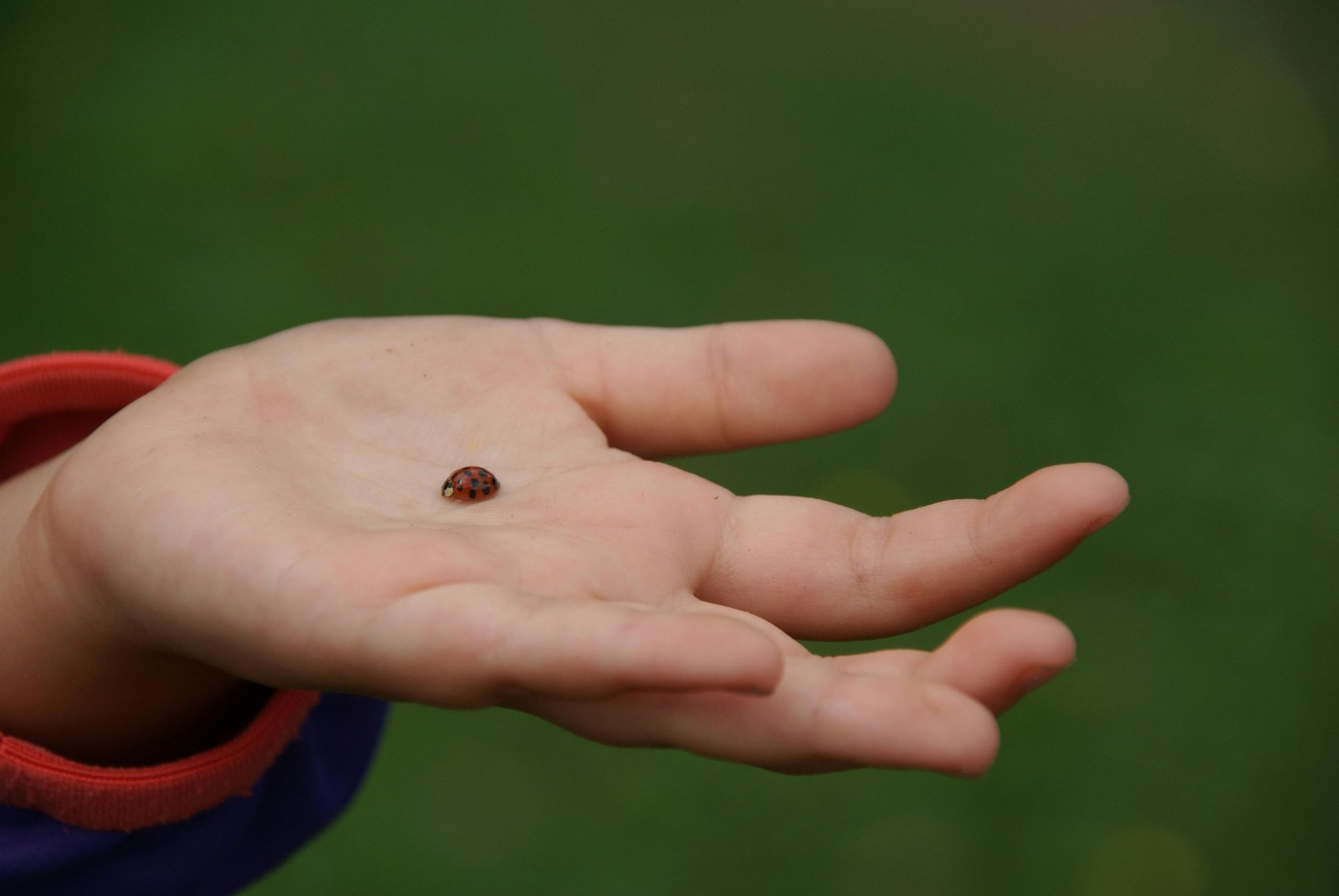The Best Way To Get Rid Of Ants On Your Reno Property
What An Ant Looks Like
The basic ant has three discrete body parts, the head, thorax, and abdomen. The swarmer has wings so they can do their mating flight. Ant eggs are just 0.5 mm and are ghost white. The larvae are also white and legless. Worker ants feed them. After several molts, the larvae become pupae. After this, they become mature ants. Ants vary from 3 mm to an inch long. They are usually brown, tan, red, or black. They live in large nests and go out foraging for food and water. This can bring them into your house. They also sting, and people who are allergic to the sting can die when stung just once.
Here are the specific ants you might encounter in your house.
Argentine ants (Linepithema humile)
These ants are about 3 mm and brown. These ants don’t sting or bite, but they form huge, multi-queen nests in the ground or in the voids in walls. They are very difficult to get rid of because of the sheer size of the nests. They love sweets, so may be found in your kitchen.
Acrobat ants (Cremastogaster sp)
Acrobat ants are 1/16 to 1/8 of an inch long and are brown, yellowish-brown, red, or black in color. They have heart-shaped abdomens that end in a point. When threatened, these ants will raise their abdomens over their bodies. These ants have to have a moist nest. If they are in your walls, you may have a water leak. These ants feed on insects and honeydew produced by aphids. They will protect aphids from predators.
Carpenter Ants (Camponotus sp)
These ants destroy the wood in houses. They are 1/4th to ½ of an inch long. They may be red and black, brown, or all black. They are hard to detect because they tunnel through wood, leaving a thin shell to protect their tunnels from the outside. They are attracted to moisture, so check for leaks around their nest.
Harvester Ants (Pogonomymex sp)
There are two types of harvester ants in Nevada. The California harvester ant is 5-6mm long and red. The western harvester ant grows to be 10mm long and is dark red. These ants eat seeds, so they don’t usually come into a house. They do clear a raised area around their nest, so they can damage lawns. Their sting is potent for their size and is a neurotoxin. It causes 4-8 hours of sharp pain and some localized swelling and sweating around the bite area.
Red imported fire ants (Solenopsis invicta)
These ants are from Brazil. They have been spreading across the west and north across the United States and have reached a few areas of Nevada. Red imported fire ants are 1/8 to ¼ of an inch long and are reddish-brown. They feed on practically everything. They also have painful stings. If you are allergic to them or are stung many times, the venom can cause death. If you find red imported fire ants, you must contact the USDA and let them know immediately. The USDA will handle eradicating them.
Odorous house ants (Tapinoma sessile)
These ants are 2.4-3.5mm long and are brown to black in color. They usually establish nests near hot water pipes. Sometimes they nest in wall voids but can nest outside too. They like to eat dead insects, high protein foods, and sweets. These are common ants and when crushed, they smell bad, hence the name.
Pavement ants (Tetramorium caespitum)
Pavement ants are 3-4 mm long and blackish-brown, with legs and antenna lighter than the body. They usually get into food in the kitchen while they feed on dead insects, sweets, and protein. They like dry pet food. Pavement ants do sting, but they are usually docile and unlikely to sting.
Pharaoh ants (Monomorium pharaonis)
Pharaoh ants are very small and yellow to red in color. If their nest is disturbed, they will split into several smaller nests, which makes them very difficult to control. They forage in the kitchen for pet food, syrups, and grease.
Southern fire ants (Solenopsis xyloni)
These ants have red-brown heads and thoraxes and dark brown to black abdomens. There are two castes: the minor is 1.6 mm long and the major 5.8 mm long. They have painful stings. These ants nest in crawl spaces or wall voids and under carpets. As omnivores, they like sweets, grease, and protein, and will often be found foraging in kitchens and trash for these items.
Thief ants (Solenopsis molesta)
Thief ants are similar in size, shape, and coloring to pharaoh ants. They go into other ant species’ nests and steal that colony's food. They like grease, fat, and protein. They hide their nests in small spaces and are hard to detect.
Velvety tree ants (Liometopum luctousum)
These ants have an almost velvety feel. They have red thoraxes and black heads and abdomens. They naturally live in trees but will get into a house if a branch touches the side of the house. They eat dead insects and will farm aphids to eat their honeydew. These ants can infest the wood in a house. They bite and inject poison into the wound when provoked.
All of these ants can carry E. coli, shigella, and salmonellosis, which they can track over food-preparation areas. Pharoah ants also can transmit staphylococcus, clostridium, and streptococcus. All ants, even if they do not sting, can be a health hazard when they enter your house.
DIY Ant Control
Because ants are a health hazard, it is important to rid your house of them. This is not easy. Many ant colonies have multiple queens and huge nests. Some nest in wall voids and other inaccessible places. While ant spray may kill the ants you see, it won’t take care of the nests. Sprays are also toxic and may make you sick if you do not handle them just right. Ant control is not a DIY project.
Get Help
Natura Pest Control can eliminate the ants at your home. We use natural pest control products that are safe and effective. When you contact us, one of our technicians will come out to your house and perform a free inspection of your home and the areas surrounding it. We call it the Five Lap Model. We inspect the inside, then the foundation. We then go in a spiral out from your home to see what pests you have and how they are getting in. After the inspection, we will develop a custom plan to get rid of your pests, including ants. Once we get rid of the ants, we will come out as many times as needed, for a small monthly fee.
Preventing Ants In Your House
Ants can be so small it is hard to keep them out. Here are a few things you can do to help keep them out.
- Seal the cracks and crevasses in your foundation to make it hard for them to get in.
- Seal around pipes, electrical wires, and cables where they enter your home.
- Fix water leaks.
- Fix or replace window screens that have holes in them.
- Put food in ant-proof containers.
- Wipe up food spills promptly.
- Put trash into a container with a tight-fitting lid.
- Take the garbage outside regularly and put it in a trash can with a tight-fitting lid.
Even these things will not totally keep ants out of your home. However, if you do these things and let Natura Pest Control treat your home regularly, you can have an ant-free home. Call Natura Pest Control today and get started.




